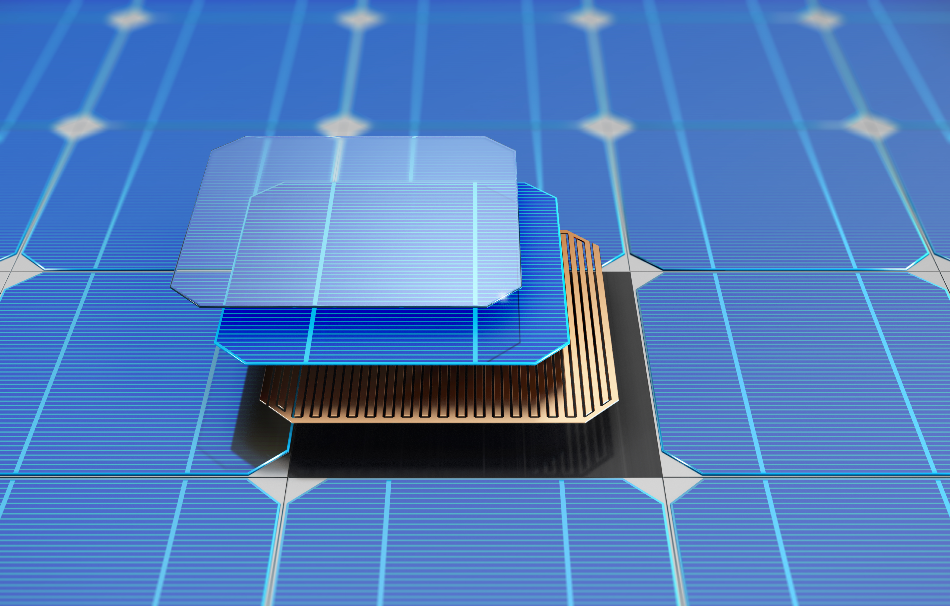
Iaremenko Sergii / Shutterstock
Solar cells are the components of solar modules (usually panels) that create electricity from the light of the sun. They exploit the photovoltaic effect observable in semiconductor materials to convert visible sunlight (in the form of photons) into usable electric power (in the form of electrons).
In robotics, solar cells are increasingly being used as a renewable, stable and autonomous power source for smaller robots, and as photovoltaic (PV) technology continues to progress, they can be expected to power larger and even humanoid robots in the future.
Robot Power Sources
The most common power sources for robots at present are integrated batteries (Kaur, 2019). The newest iteration of Boston Dynamics' leading humanoid robot, Atlas Unplugged, features an onboard 3.7 kilowatt-hour (kWh) battery pack which replaces the original version’s requirement for a power cord. The battery is large enough to power one hour of so-called “mixed-mission” operations – including using tools, walking and standing – which makes it more suitable for potential disaster relief applications.
Some robots make use of onboard generator systems, using a combustion engine to convert burned fuel (i.e. gasoline) into power. Another form of onboard power generation uses thermoelectric generators which convert heat into energy through the exploitation of the Seebeck effect.
Onboard power generation like this can also be incorporated with a battery in a hybrid or two-stage system. Here, power generation can happen while the robot is not performing other functions, potentially improving safety. Parallel hybrid systems are also in use in some robots.
Solar Power in Robots
Another popular form of onboard power generation in robots (including in hybrid systems) is solar power. Solar cells are integrated into the robot’s chassis and power is generated for the robot through the photovoltaic effect. When selecting solar cells for onboard power generation, factors such as the efficiency of the surface area, efficiency to weight, economic cost and durability must be considered. Designing robots that incorporate solar cells, the robot’s weight, energy efficiency, and the required time must also be considered.
To work effectively, solar-powered robots should be hybrid and two-stage – without this design consideration, they would become useless at night or in low light conditions. Finally, solar-powered robots can incorporate smart technology to monitor its battery levels, find suitable areas for charging with integrated weather and GPS and reduce its energy usage when battery or light levels are low.
Franklin Robotics’s Tertill robot – an automatic weeding robot for the domestic market – undertakes all of these design and materials selection considerations. The robot, developed by some of the same team who brought the popular Roomba automatic vacuum cleaning robot to the market, applies solar cells so that it never has to be recharged with grid-supplied electricity. It also includes an onboard computer, enabling it to consume battery power smartly – Tertill turns on every twenty minutes and monitors battery power if it has enough battery it commences weeding the garden.
Solar-powered robots are also playing a role in commercial agriculture. Ladybird is a solar-powered, autonomous, data-collecting robot developed by a team from the University of Sydney, Australia. Ladybird includes solar cells, which means it can find useful information about crops across wide farming areas and feeds that information back to farmers. This can help the farmer, for example, to identify the spread of damaging crop diseases early on.
AG BOT II, from the Queensland University of Technology, Australia, is another robot applying solar cell technology to remain autonomous in large-scale agricultural applications. AG BOT II is an industrial scale weeder, the size of a golf buggy. The development team believes it could reduce weed control costs by 90% – worth approximately $1.3 billion a year in Australia alone.
Another Queensland University team has developed SAMMI – Seqwater’s Autonomous Motorised Monitoring Instrument – for the Australian clean water authority Seqwater. SAMMI is deployed in remote locations to help monitor water quality and utilizes solar cells to ensure it retains its power during operation.
Harvard’s Microrobotics Laboratory has recently developed a novel application for solar cells in robotics. The RoboBee X-Wing is a robot drone no larger than an insect, the first of its size able to fly without a power cord attached (Jafferis et al., 2019). The early prototype still requires an intense light source to provide enough power for its flapping wings, but the development has been eagerly watched by robotics researchers.
Solar cell applications in robotics are still in their very early stages. Progress has been strongest so far in agricultural applications, where the robot is exposed to sunlight through most of its operation. The main driver of progress in this area will be the advances in solar cell technology to use cheaper, more efficient and lighter materials (Allen, 2019).
Sources
- Allen, J. (2019). The Limitations of Solar Powered Robots. [online] AZoRobotics.com. Available at: https://www.azorobotics.com/Article.aspx?ArticleID=318.
- Jafferis, N.T., Helbling, E.F., Karpelson, M. and Wood, R.J. (2019). Untethered flight of an insect-sized flapping-wing microscale aerial vehicle. Nature, 570(7762), pp.491–495.
- Kaur, K. (2019). Basic Robotics - Power Source for Robots. [online] AZoRobotics.com. Available at: https://www.azorobotics.com/Article.aspx?ArticleID=139.
Disclaimer: The views expressed here are those of the author expressed in their private capacity and do not necessarily represent the views of AZoM.com Limited T/A AZoNetwork the owner and operator of this website. This disclaimer forms part of the Terms and conditions of use of this website.